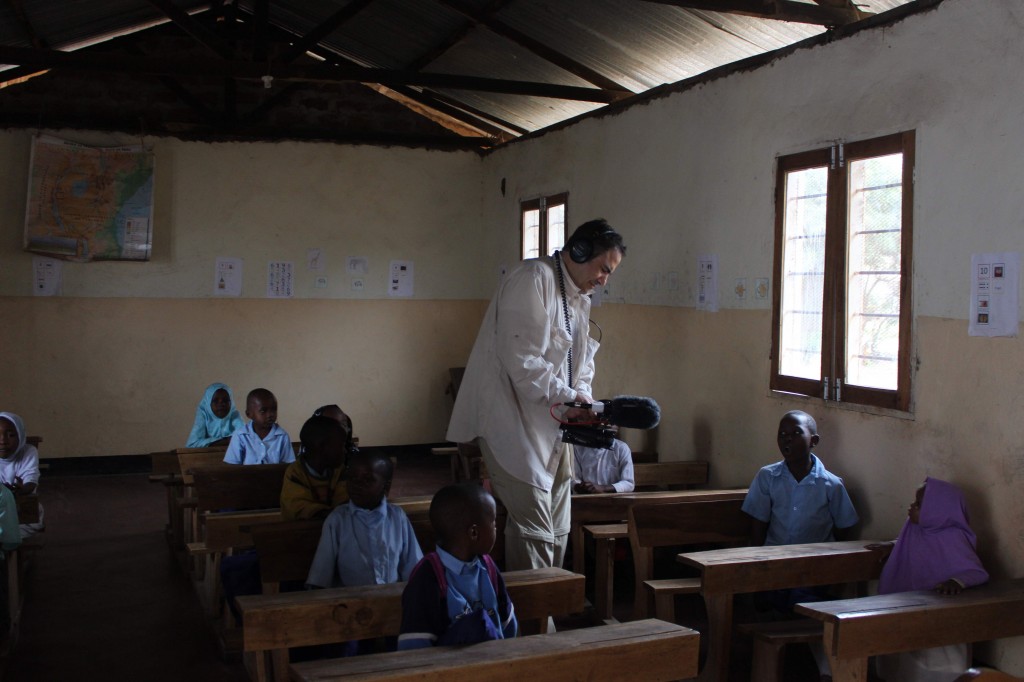The BOMB IT 2 DVD is here!
This week marks the official release of the BOMB IT 2 DVD. To purchase, visit our BOMB IT 2 website. Don’t forget to check out this exclusive webisode with BOMB IT 2 artist Darbotz, where he explains his artistic process and the story behind the Squid Monster character featured in his work. Thank you for […]
Countdown to the DVD Release of BOMB IT 2!
As we count down to the DVD release of BOMB IT 2 on 11/5, check out this exclusive webisode with featured artist NUNCA. Learn about his art, Brazilian culture, and family influence in his work.
Theatrical is Dead – Long Live Theatrical: Events, Experiences, Scarcity & The Age of Abundance
Part 3 of How to Make Money in the Age of Abundance By Jon Reiss Theatrical is Dead Long Live Theatrical. The holy grail of a theatrical release still rings as a delusion for many. Fighting words still for untold thousands of filmmakers. Who doesn’t want their name in lights – long lines around the […]
BOMB IT 2 Featured Artist: Victor Ash (Interview)

BOMB IT 2 Artist Victor Ash just might embody artistic evolution. Bursting onto the graffiti scene in the early 1980s, he went by Ash2 and Saho, and ran with the popular Parisian crew, BBC. He has since expanded his style, focusing on large- scale murals involving themes of human nature and perception. We caught up with […]
This Is Not a Game: An Interview With Lady Pink

By Nijla Mu’min ***In celebration of our upcoming release of BOMB IT 2, we’re featuring this exclusive interview with BOMB IT artist Lady Pink. The interview was conducted by our social media manager and emerging writer/filmmaker, Nijla Mu’min. *** ————————————————————————————————- Graffiti/ Fine Artist Lady Pink knows her stuff. With a career spanning over 30 years, […]
One Time in Bangkok!
Hi Everyone, I’ve shot in a number of crazy situations throughout the world shooting Bomb It 1&2, Better Living Through Circuitry and Survival Research Labs – but this expedition in Bangkok for Bomb It 2 stands out in my mind because I can still feel those red ants biting my legs – and because my […]
Is It Crazy to Film NGOs in Africa and Run a Kickstarter at the Same Time?

By Jon Reiss I just arrived in South Africa on my way from filming in Tanzania to speak at the Durban Film Festival. I know it’s crazy to do this while running a Kickstarter for Bomb It 2 – and prepping the release of Bomb It 2 on August 6th – but I ultimately realized […]
Fanta-Pstik
The explosion of DSLR filmmaking in recent years has allowed independent filmmakers to create high resolution content with a shallow depth of field. In many ways the technology has done a lot to level the playing field between the independents and major studios. One of the better known examples of this leveling was the news […]
Between the Lines: Jon Reiss Interview
Bomb It 1 + 2 director Jon Reiss speaks with the filmmakers behind “Between the Lines” about street art and graffiti, freedom of speech and democracy. “Between the Lines” is a documentary about a group of Toronto street artists who find new meaning in their work as they defend it against Mayor Rob Ford’s War on Graffiti.
Excerpt: Insiders Guide To Independent Film Distribution
Excerpt from “Insiders Guide To Independent Film Distribution” (2nd Edition, Focal Press) by Stacey Parks. Available in paperback and kindle versions at www.FilmSpecific.com/Book. Interview With Filmmaker Jon Reiss On Target Audience Q: Tell us about Target Audience and what will happen if a filmmaker doesn’t identify this early on in the process? A: To me […]